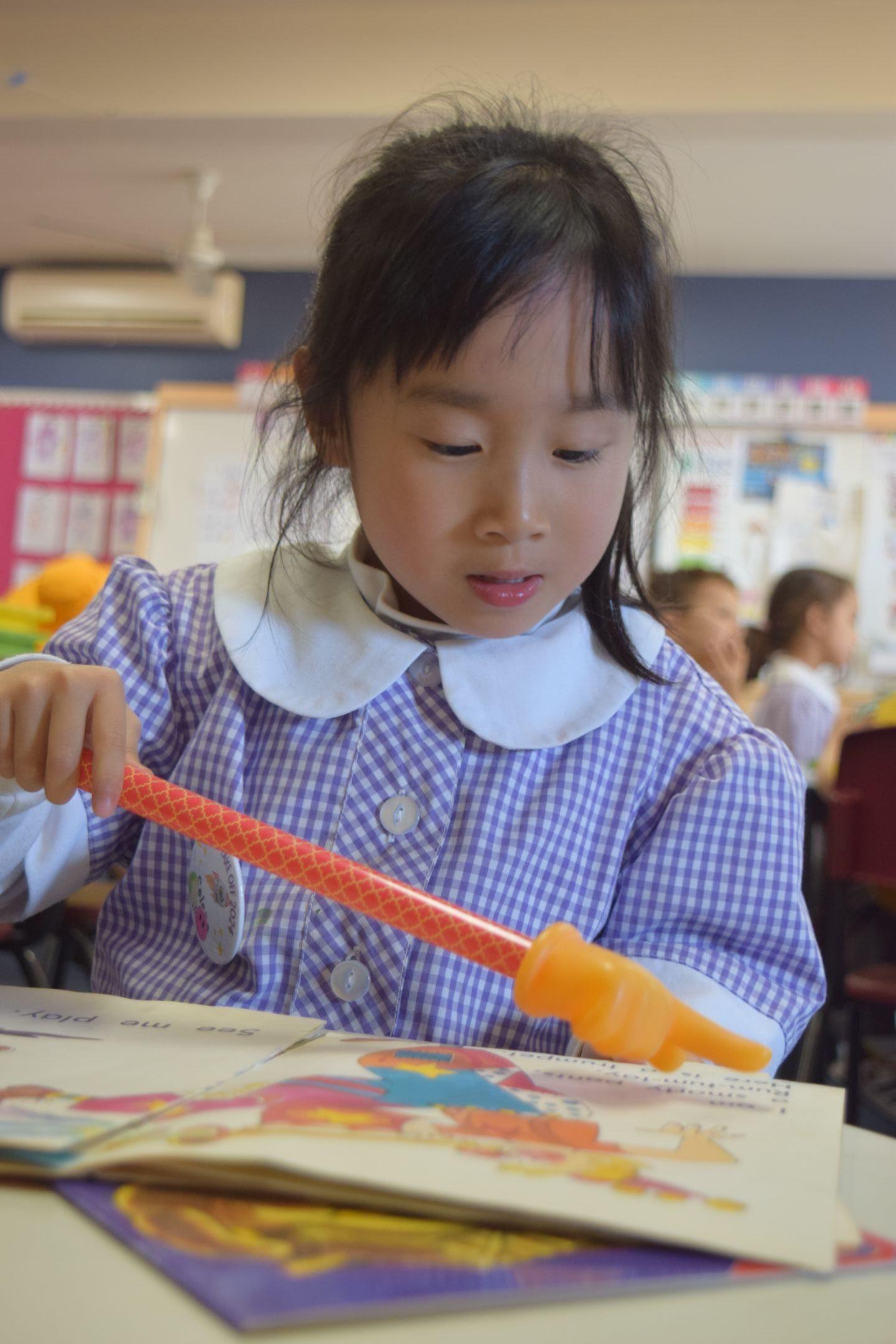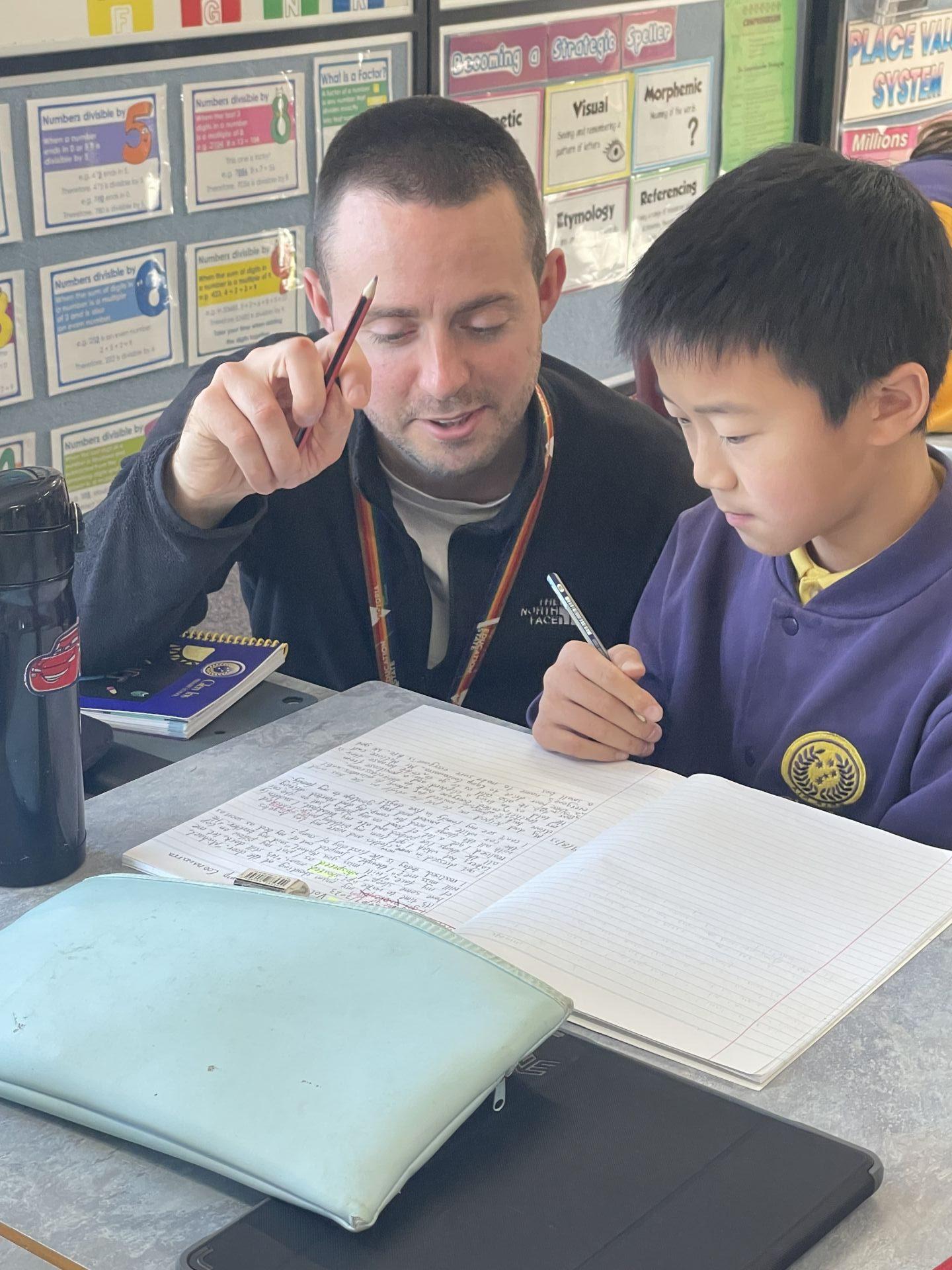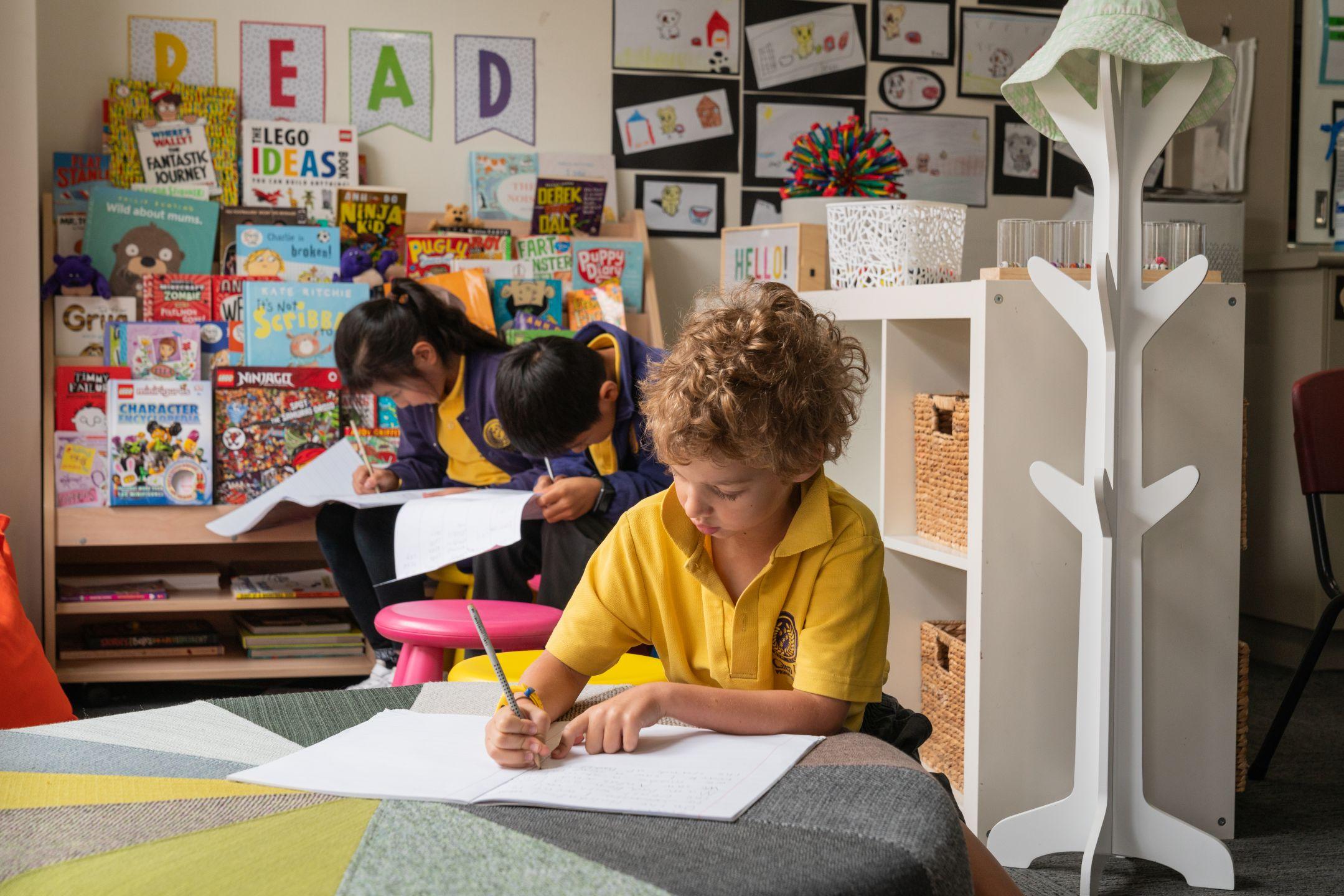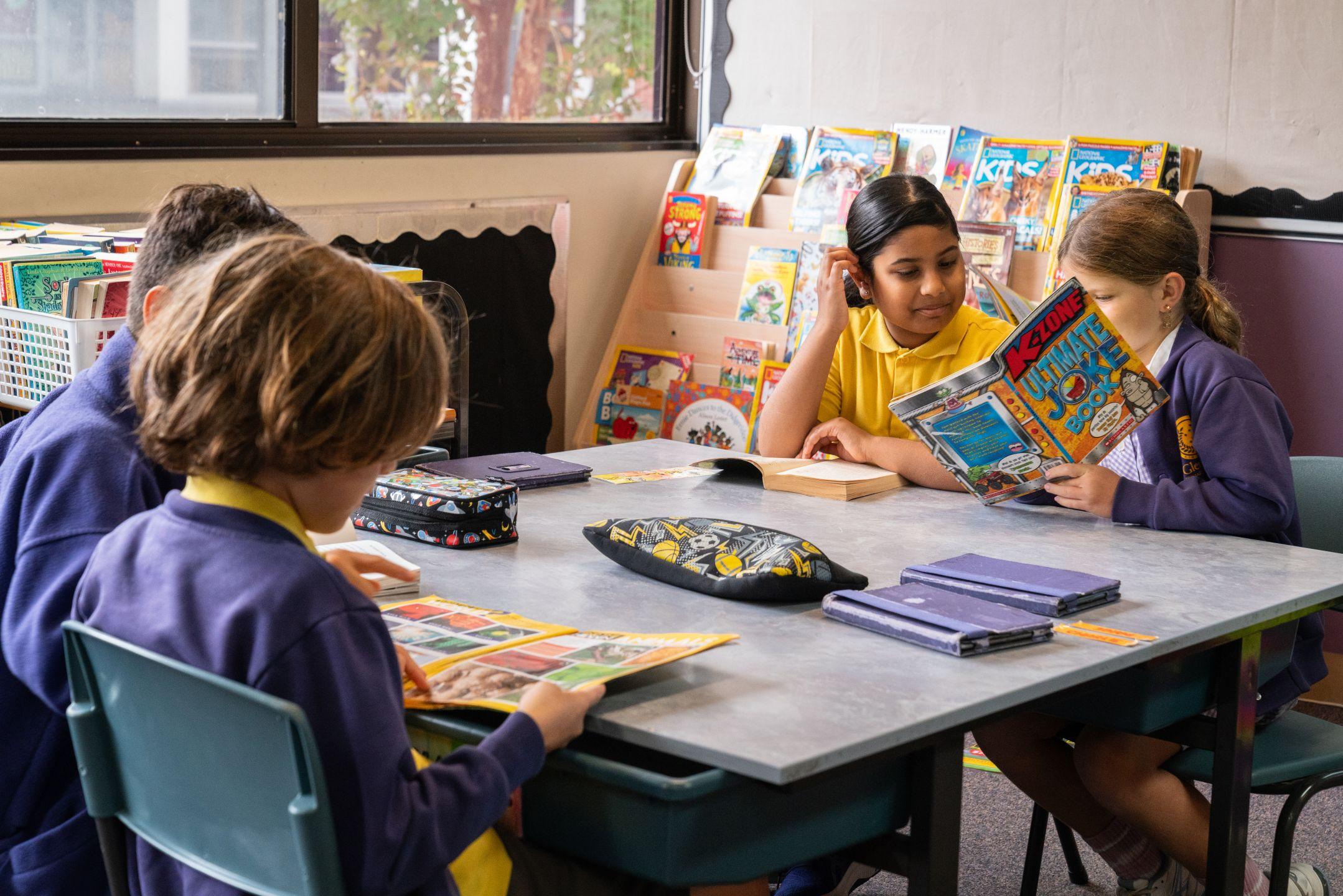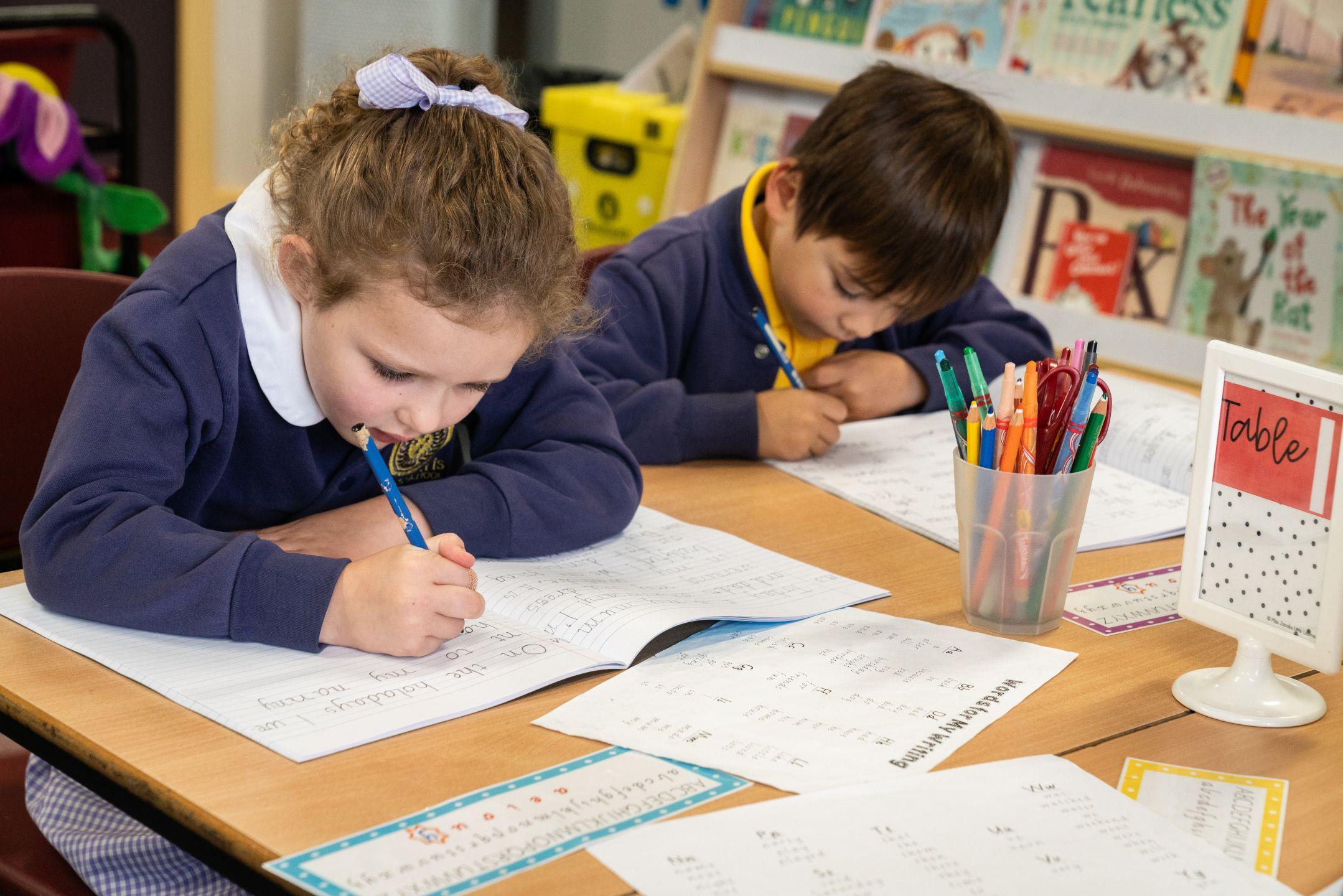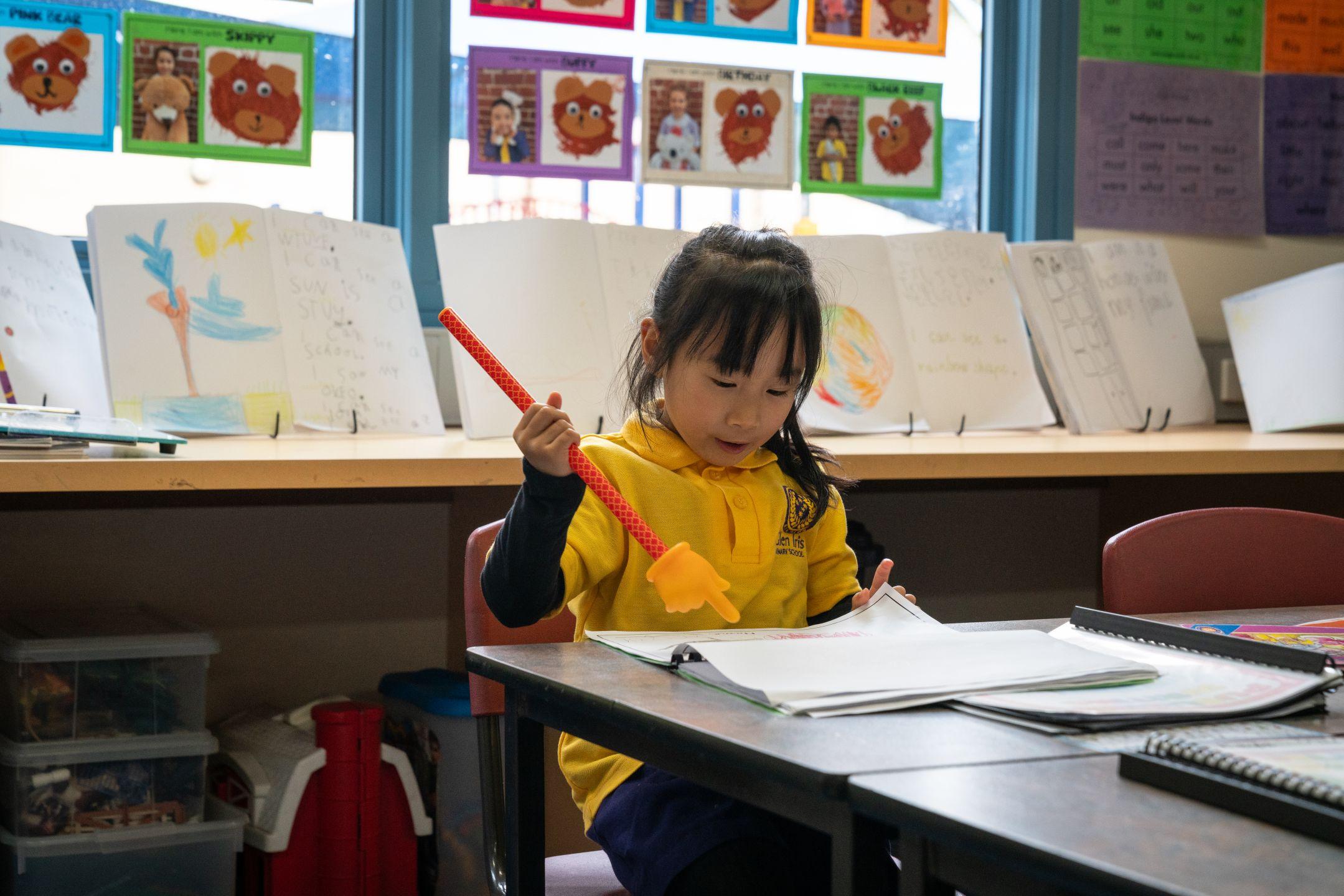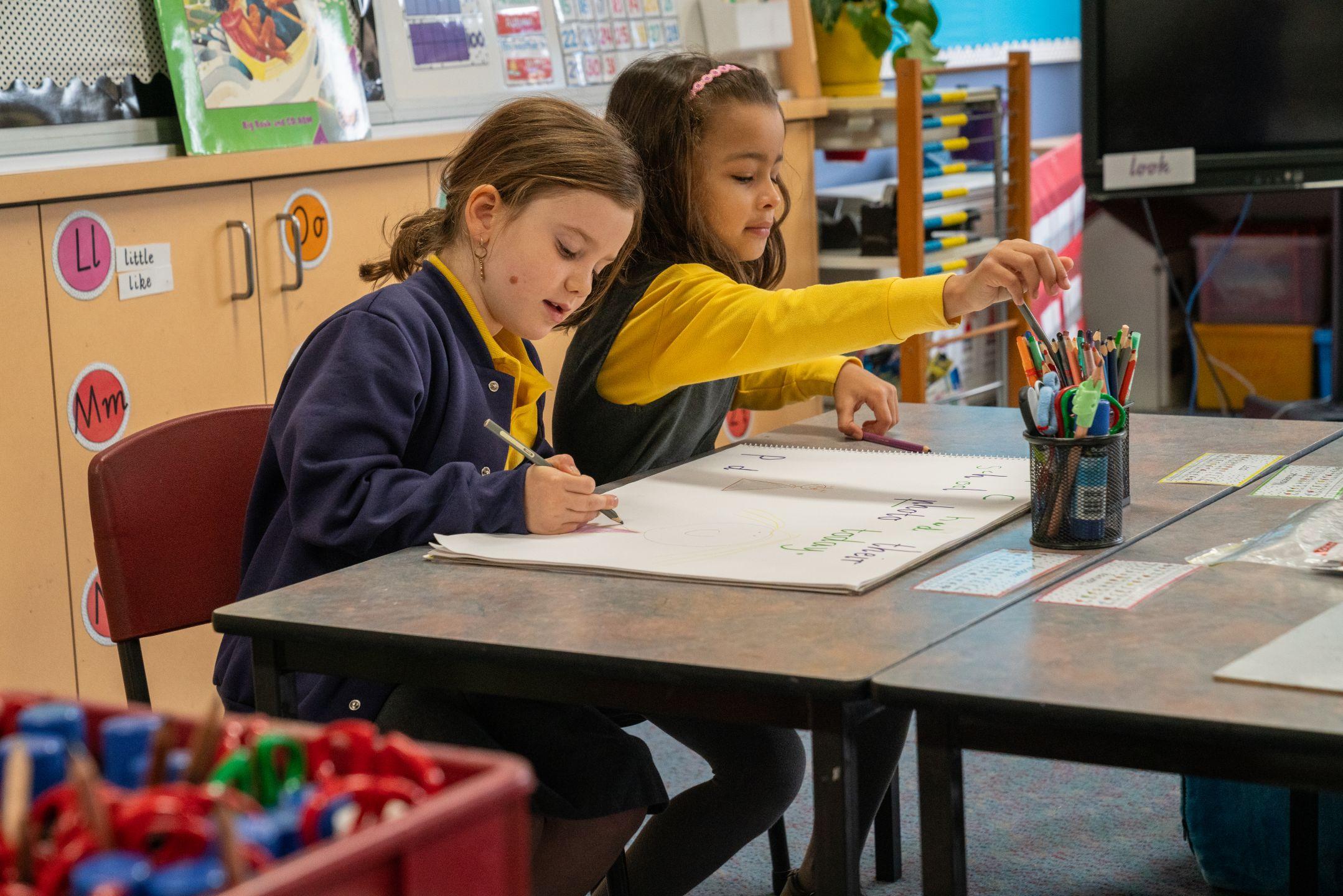At GIPS, we place a strong emphasis on literacy and numeracy within a student-centred approach. Our literacy program is designed so that students have lifelong skills and strategies that will take them through high school.
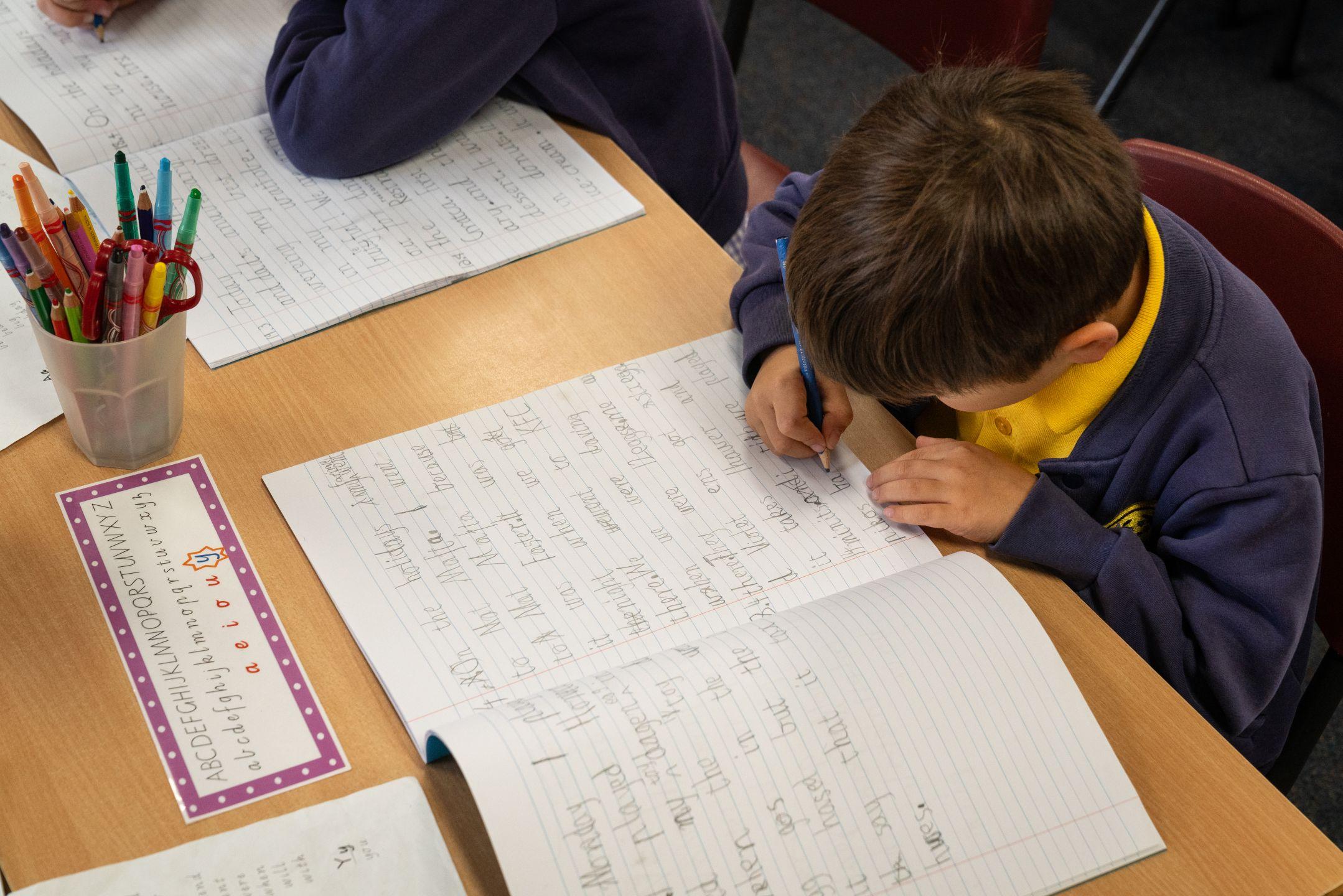
Reading
Our reading curriculum is rigorous and consistent. The building blocks start in the first days of Prep. Across all grades, students participate in shared reading sessions every day where teachers explicitly teach strategies and skills using texts pitched above instructional level. Students then engage in guided reading or literature circles, where students are targeted with specific feedback and support pinpointed exactly where they need it. We regularly assess our students using a variety of formal and informal assessments to track progress building lifelong readers.
Structured Synthetic Phonics
Structured synthetic phonics is a highly effective approach to teaching reading and writing, focusing on the systematic and explicit instruction of letter-sound relationships. By breaking down language into its smallest phonemic units, this method allows children to decode and blend sounds to form words. Its structured nature ensures that learners progress through clearly defined steps, building confidence as they master foundational skills. This approach not only improves reading fluency but also enhances spelling and writing abilities, making it crucial for early literacy development. Research consistently supports that structured synthetic phonics helps struggling readers by providing a solid framework for understanding the connection between sounds and letters, leading to better long-term literacy outcomes. We use the SoundWaves program for students in Prep through Grade Two for our structured synthetic phonics program. We use the same program for students in Grades Three to Six for our spelling program.
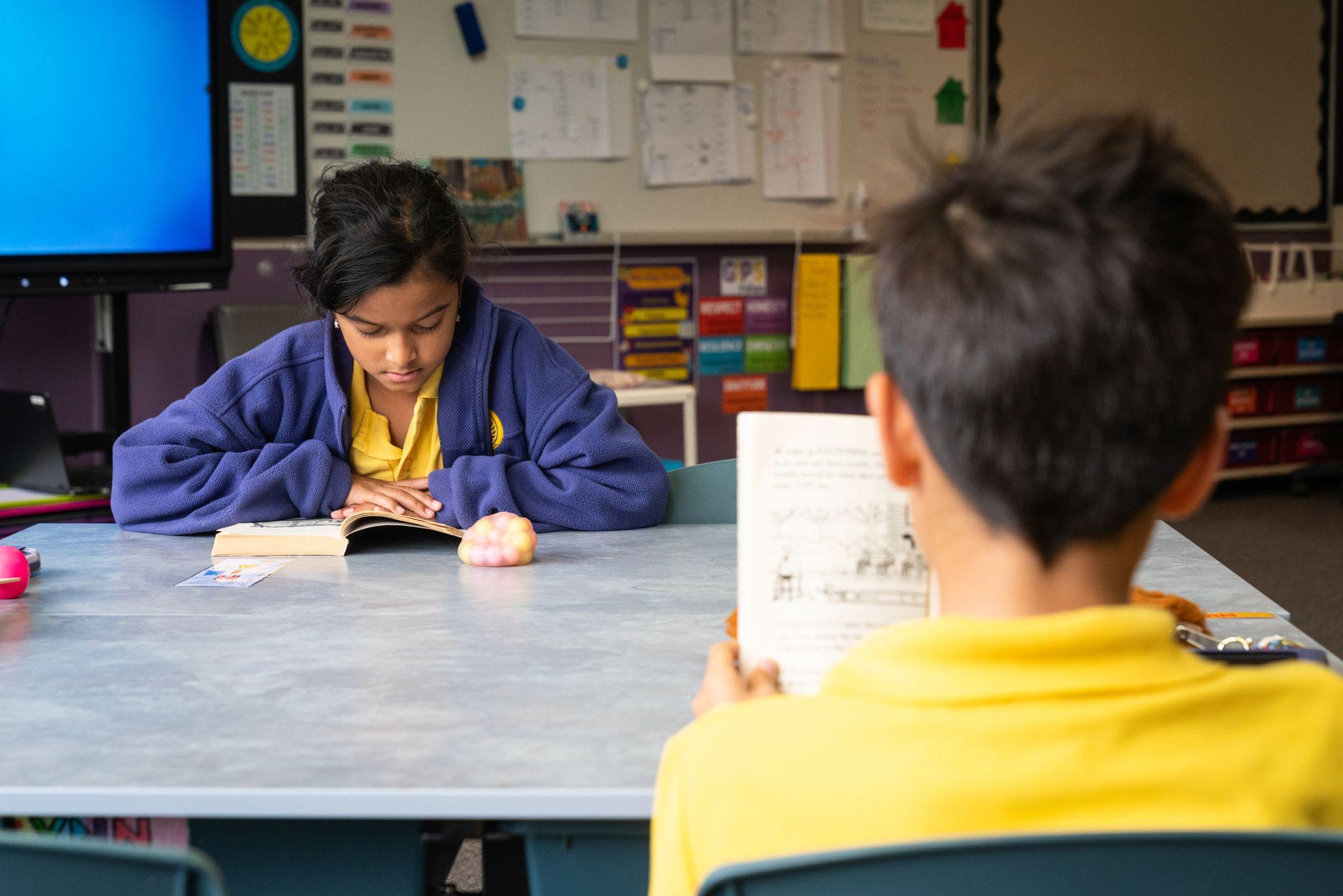
Writing
In writing, teachers model writing every day, demonstrating a specific skill. Then, our students launch off to independent work where they spend dedicated time every day independently writing. Teachers provide targeted feedback one-on-one and in small groups whilst students are independently writing. At the end of every lesson, children participate in the Author’s Chair reflection and feedback sessions to receive positive feedback and next-step suggestions so that our children have the voice and opportunity to provide each other feedback. Each term, students do a Stop and Pause writing piece, taking one piece of the same genre through every stage of the writing process from brainstorming to publishing. We also administer one timed writing piece per term, again to build high school readiness. As a teaching staff, twice per year, we gather as a school to moderate writing ensuring that each child has rigorous next-step goals.
Spelling
Teaching phonemes, graphemes, and morphology is essential for developing strong spelling skills because they lay the foundation for understanding how words are structured and how they work. Phonemes, the smallest units of sound in language, help students connect sounds to letters, enabling them to decode and encode words accurately. Graphemes, the written representations of these sounds, further solidify this connection, helping learners see how sounds are represented in writing. Additionally, understanding morphology—the study of the structure of words, including prefixes, suffixes, and roots—empowers students to break down complex words and make educated spelling choices based on patterns and meaning. By teaching these critical components, we equip students with the tools they need to spell both regular and irregular words with confidence, as well as to enhance their overall reading and writing skills.
